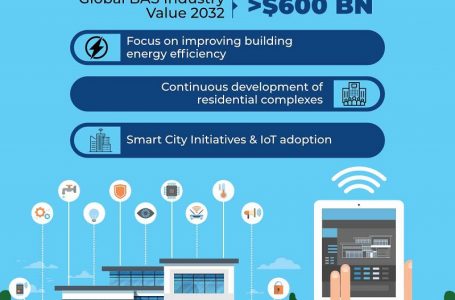Possible rewrites: 1. Complications Remain Before Anticipated Interest Rate Cut 2. Factors Muddy the Path to Expected Interest Rate Decrease 3. Anticipated Interest Rate Cut Faces Challenges Ahead 4. Despite Near Future Outlook, Several Factors Complicate Interest Rate Reduction 5. Hurdles Must Be Overcome Before Anticipated Interest Rate Cut 6. Complications Arise as Interest Rate Cut Draws Closer 7. Expected Interest Rate Decrease Faces Obstacles 8. Interest Rate Drop on the Horizon, Yet Complications Persist 9. Progress Towards Interest Rate Cut Hindered by Complicating Factors 10. Anticipated Interest Rate Reduction Hits Roadblocks
The Bank of England’s monetary policy committee (MPC) is currently deliberating the timing of a much-anticipated interest rate cut. With all nine members in agreement that a reduction is necessary in the coming months, the question remains: how soon is too soon?
As the current interest rate stands at 5.25%, the MPC recognizes that high rates are acting as a brake on the economy. It is becoming increasingly evident that keeping the brake pedal down is causing economic hardship. Unemployment rates are on the rise, consumer demand is weakening, and inflation is also beginning to decrease.
For members within the Bank, the forecasted drop in the consumer price index (CPI) to 2% is seen as a sign of success. This is a significant contrast to the recent years where prices experienced an unprecedented increase, leading many in the City to question if the Bank had lost control of inflation. While this decrease can be attributed in part to the volatility of energy prices, the MPC is hopeful as their forecast predicts that CPI inflation will not exceed 3% in the coming months.
This has led some within the Bank to quietly suggest that they may have successfully tamed inflation. However, this achievement raises the question of when interest rates should be cut. The situation is further complicated by the actions of the Federal Reserve, America’s central bank, which has recently made a U-turn in its policies. While it previously indicated an impending interest rate cut, Fed chair Jerome Powell has now hinted that no cuts are expected in the near future.
This development begs the question of whether the UK can afford to lower interest rates before the Federal Reserve does. The Bank’s internal assessment is that the UK economy is in a very different position compared to the US. The US is experiencing strong growth, partially due to large federal spending programs aimed at green technology and semiconductor manufacturing. In contrast, the UK is expected to see a modest growth of 0.9% over the next 12 months, an upgrade from the previous forecast of 0.6%, but still significantly lower than the 2%+ growth in the US.
The coming weeks are crucial as the release of important economic data will determine the MPC’s decision on when to cut rates. The April inflation data is expected to show a significant decrease to 2%, and other data such as job numbers and the UK’s exit from its current recession will also impact the decision. The MPC’s boldness in cutting rates in June or August will ultimately depend on this data, with the possibility of delaying the cuts if unexpected inflation occurs. As the waiting game continues, it appears that the decision to cut interest rates is imminent.














